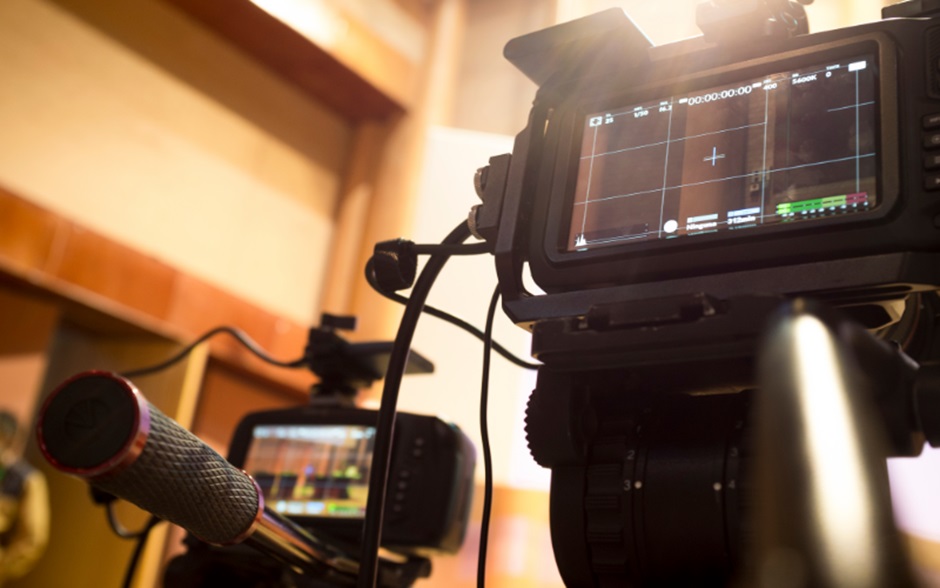
Live video streaming has become a valuable tool for businesses and creators, offering a dynamic way to engage audiences in real time. Whether streaming an event, hosting a webinar, or providing behind-the-scenes content, various strategies can help you optimise your live broadcasts. Below are tips on how to get the most out of your live event video streaming services, ensuring you deliver a high-quality and engaging experience.
1. Planning Ahead for Successful Live Broadcasts
Effective live streaming begins with careful planning. Before going live, ensure you have a clear goal for your stream. Determine what you want to achieve, such as increasing brand awareness, promoting a product, or engaging with your audience. A structured plan helps maintain focus during the broadcast, ensuring you deliver relevant content without veering off-topic.
Additionally, creating a detailed script or outline allows you to follow a coherent structure during the live stream. This prevents unnecessary pauses and improves the overall flow of the presentation. Live broadcasting often presents unexpected challenges, so it’s vital to plan for potential interruptions such as technical issues or unexpected questions from the audience. Always have a backup strategy, such as having multiple sources for audio and visual input.
2. Choosing the Right Live Streaming Production Hardware
The quality of your live stream heavily depends on the hardware you use. Choosing reliable live-streaming production hardware ensures your broadcast runs smoothly. Invest in high-definition cameras to capture clear video, as blurry visuals can quickly cause viewers to lose interest. Audio quality is just as essential, so using external microphones to capture crisp sound will make a noticeable difference in the professionalism of your stream.
Streaming equipment should also include encoding devices, which compress and convert your live video into a format that can be transmitted over the Internet. Using robust hardware encoders reduces latency and ensures viewers experience minimal buffering, making the stream seamless. Depending on the scale of your event, you might need to upgrade your hardware setup to handle more complex productions, particularly for live event video streaming services.
3. Engaging the Audience During the Stream
Engagement is crucial to the success of any live broadcast. Simply presenting content is not enough; you need to foster interaction. Use live chats or social media platforms to invite questions, comments, and feedback from viewers during the stream. Answering questions in real time increases viewer involvement, keeping them invested in the conversation.
You should also acknowledge viewers who participate. A quick shoutout to someone who asked a question or commented makes the stream more personable. Encourage viewers to share the live video streaming event with their networks to increase viewership. Remember, the more interactive the experience, the more likely you are to retain and grow your audience.
4. Testing Equipment and Internet Connection
Nothing disrupts a live broadcast like technical issues. Testing your live-streaming production hardware and internet connection before going live is essential. Ensure all devices, from cameras to microphones, are working correctly and compatible with your chosen streaming platform. Your internet connection must be strong and stable to support a continuous stream without interruptions.

It’s advisable to conduct a rehearsal before the actual live event to identify potential problems. Rehearsals allow you to become familiar with the equipment, adjust camera angles, test lighting, and ensure sound quality is optimal. Any issues discovered during the rehearsal can be fixed ahead of time, reducing the risk of malfunctions during the actual broadcast.
5. Post-Stream Review and Improvement
The value of live streaming does not end once the broadcast concludes. Analysing the performance of your live video streaming event can provide insights that will improve future broadcasts. Most platforms offer analytics that show viewer numbers, engagement rates, and retention times. Use this data to determine what worked and where improvements can be made.
It’s also helpful to review the recording of the stream. Evaluate the audio and video quality, your delivery, and how well you engaged with the audience. Did you encounter any unexpected challenges, and if so, how could they be mitigated in future streams? By reflecting on these aspects, you ensure continual improvement for each broadcast.
Conclusion
By taking the time to plan, selecting the right live-streaming production hardware, engaging viewers, testing equipment, and reviewing post-broadcast performance, you can maximise the potential of live video streaming. The right strategies will elevate your broadcasts, making them more professional and engaging for your audience.
For high-quality live streaming production hardware, contact Media Architects today to enhance your live streaming experience.

